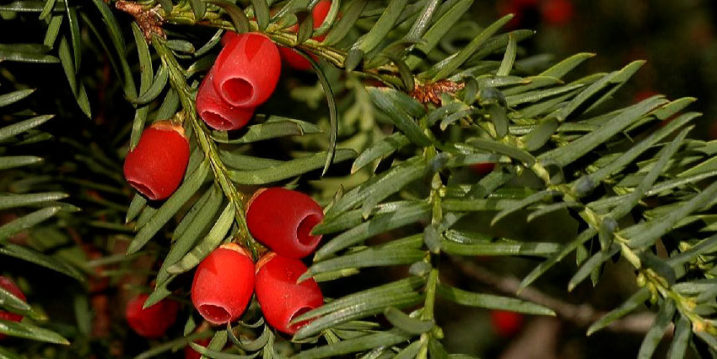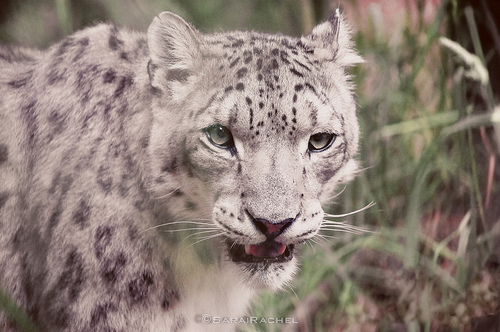www.indiasendangered.com |
|
|
Western Hoolock Gibbon(Hoolock hoolock) |
|
|
· It is one of the 2 species of hoolock gibbons found in India, the other being the Eastern hoolock gibbon(Hoolock leuconedys). · It is listed as Endangered (EN) on the IUCN Red List. · The Indian Population is listed on CITES Appendix I. |
|
| HABITAT | Found in contiguous canopy, broad-leaved, wet and semi-evergreen dipterocarpus forests, which are often mountainous. |
| RANGE | It is found in India, Bangladesh and in Myanmar(west of the Chindwin river). In India, it is found to the South and East of the Brahmaputra in Assam, Arunachal Pradesh, Mizoram, Meghalaya, Tripura and Manipur. |
| PHYSICAL FEATURES | · Like all apes, is tailless and possesses a tuft of hair in the genital region.
· Exhibits pronounced sexual dichromatism(males are black and females are light creamy-brown) but not sexual dimorphism. · Males have a white unibrow, which is broken up in H.leuconedys into 2 eyebrows. · An adult’s average height is approximately 80-85 cm. Females weigh approximately 6.1 kg, males 6.9 kg. |
| FAST FACTS | · The only ape found in India.
· Are entirely arboreal, with their long limbs aiding in locomotion through brachiation. · Western hoolock gibbons consume upto 100 species of plants, with food choices greatly varying from site to site. Adults are also known to eat invertebrates and birds’ eggs on occasions. |
| POPULATION | The global population of this species is estimated to be <3000 individuals, with India possessing the vast majority (2600). In India, hoolocks have a wide distribution in the 7 Northeastern states, but most populations are small and isolated by forest fragmentation. Assam’s Karbi Anglong region is believed to be their largest stronghold, with an estimated population of 2000 individuals. |
| THREATS | · Shifting cultivation and mass deforestation have led to the destruction to much of gibbon habitat.
· Hoolock gibbons have been extensively hunted outside Assam, especially in Nagaland and Manipur. · Large-scale development, such as the building of roads, dams and oil refineries have fragmented gibbon habitat. · Young animals are often captured live for the pet trade. |
| Reference links: http://pin.primate.wisc.edu/factsheets/entry/hoolock_gibbon Image courtesy: https://upload.wikimedia.org/wikipedia/commons/2/2b/Hoolock_hoolock_001.jpg |
|








